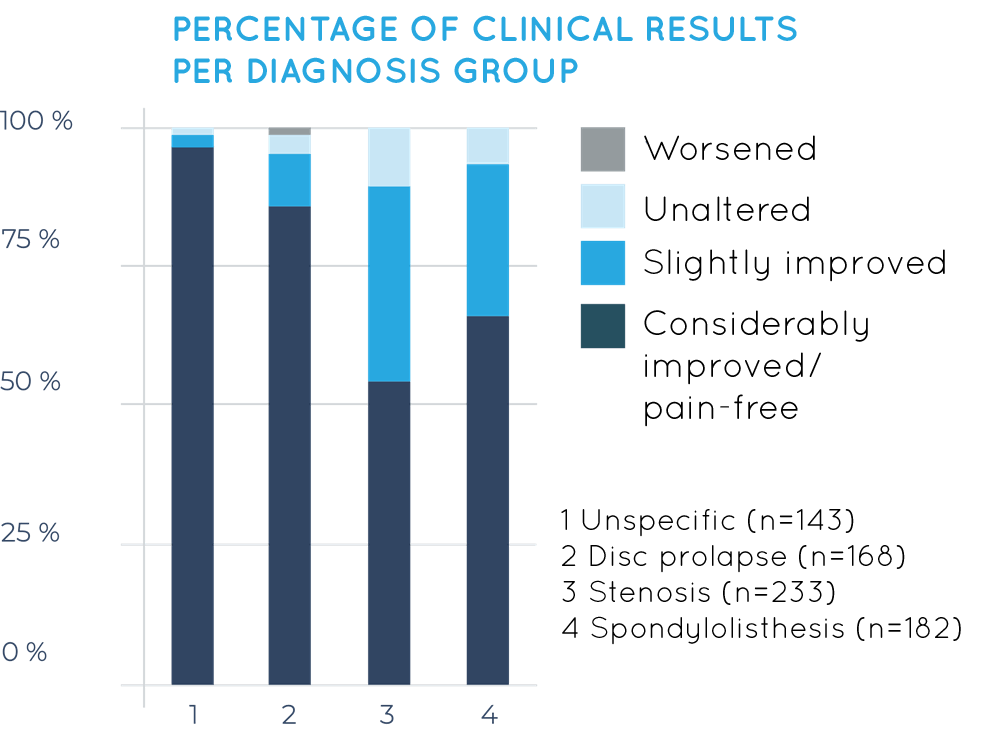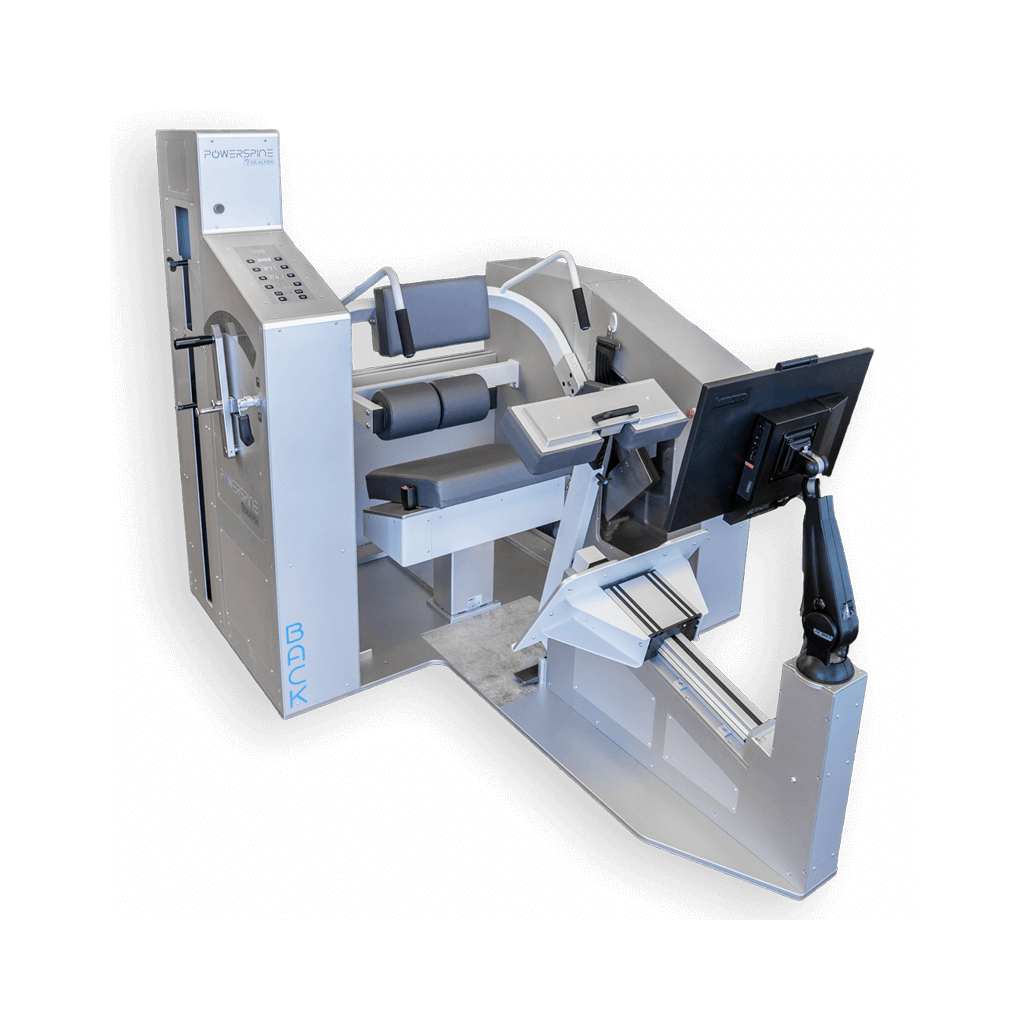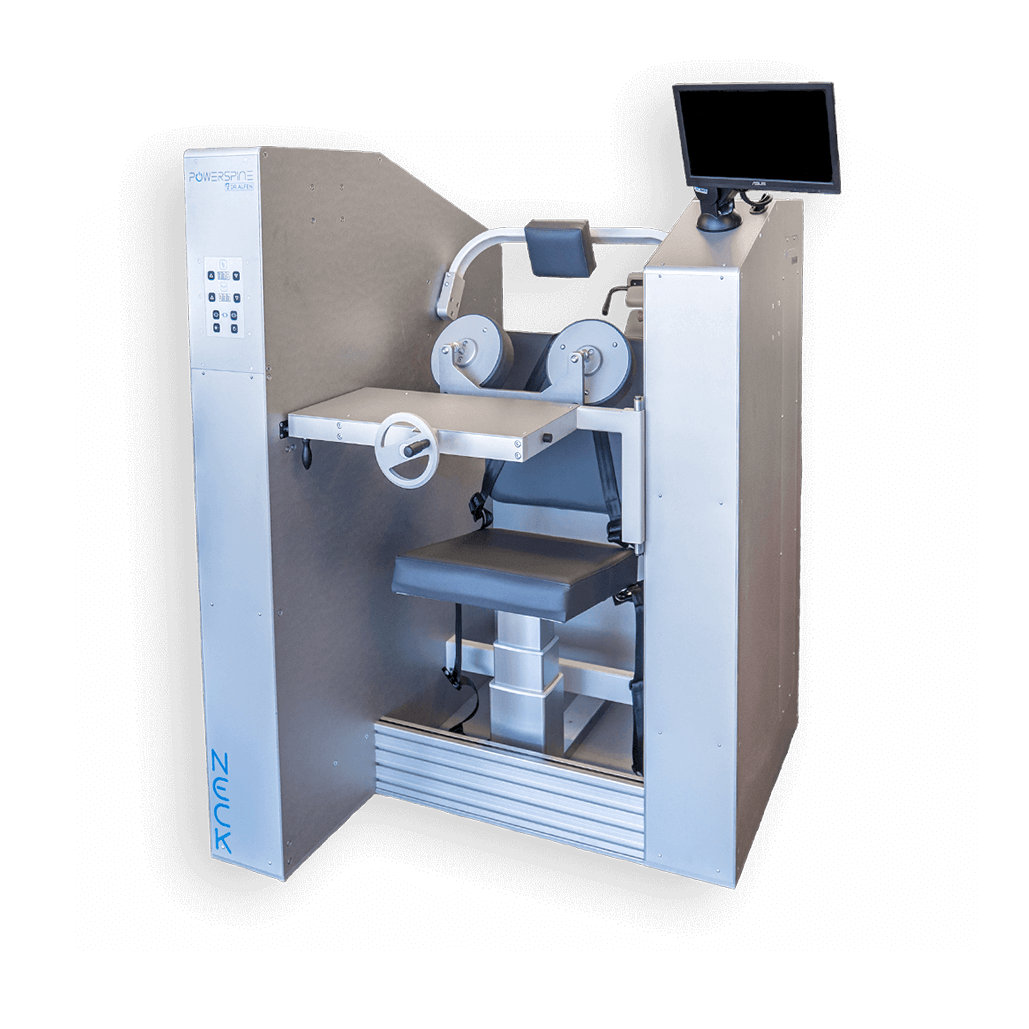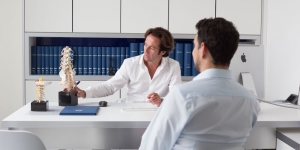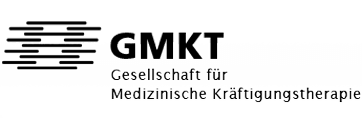The POWERSPINE Team
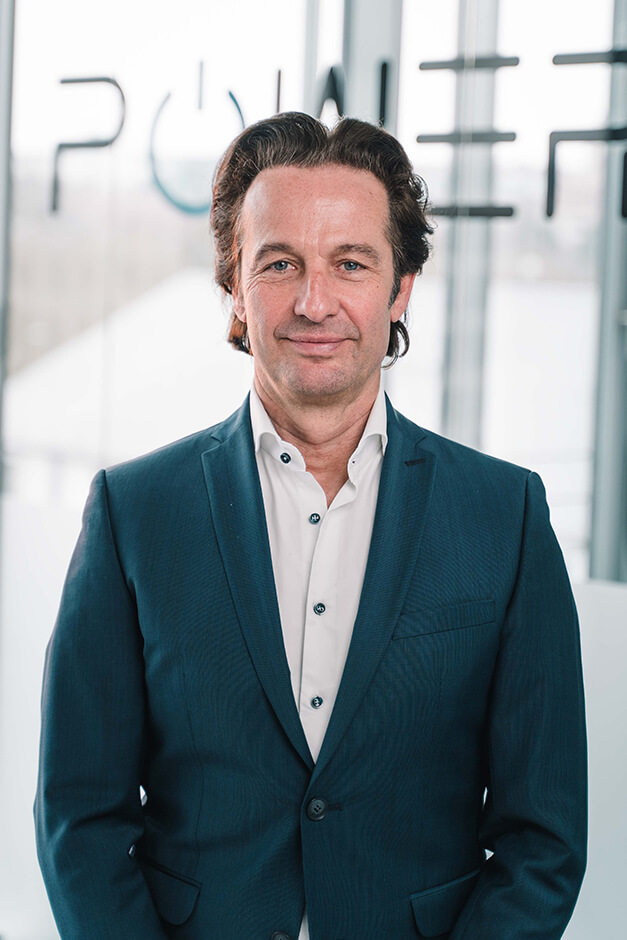
Dr. Florian Maria Alfen
Shareholder
International Spinal Specialist

Sebastian Färber
Managing Director
Board of the International Society for Medical Strengthening Therapy
Graduate sports scientist
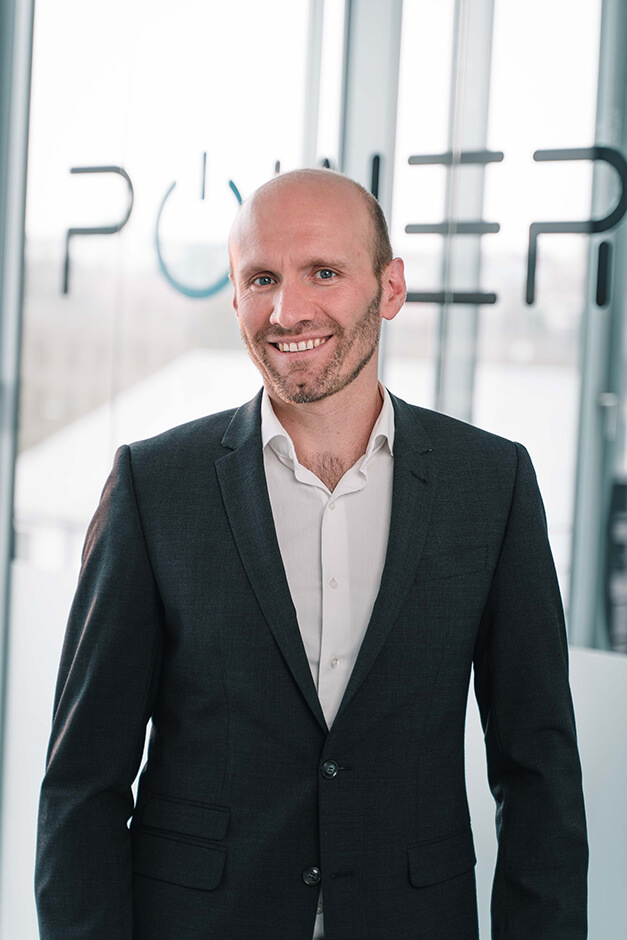
Anton Högele
Project and Academy Manager
Graduate sports scientist
Business economist
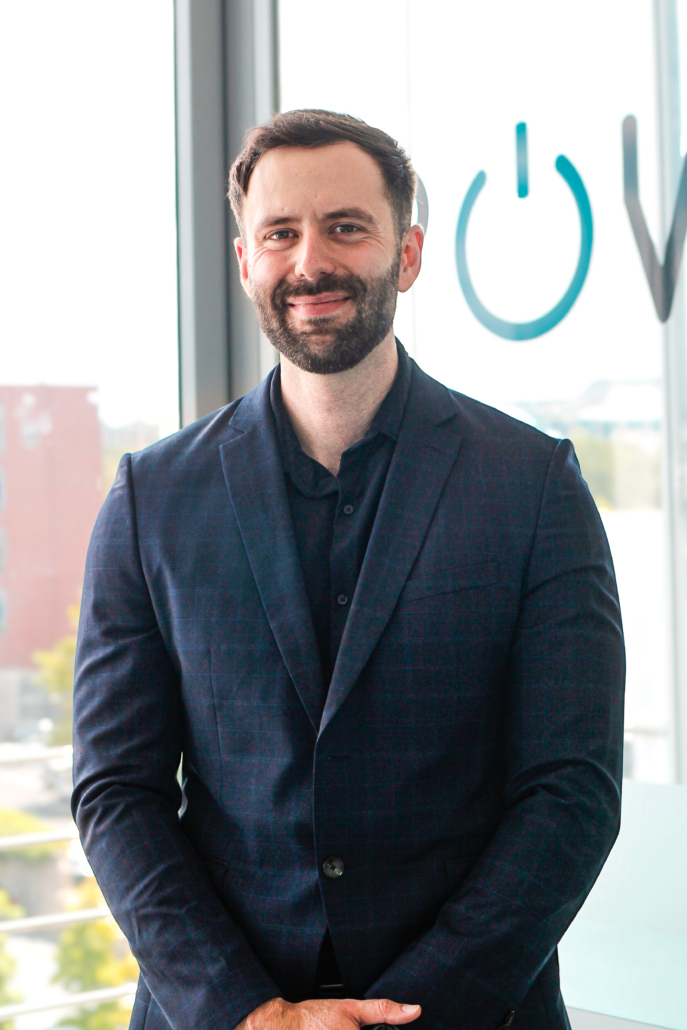
Bruno Domokos
Project Management and Research Scientist
Doctoral Researcher in Sport Science and Lecturer at the University of Würzburg
PARTNER
LITERATURE
Dr. Alfen Team
- SpangC, Wagenblast, Haas D, Alfen F. Clinical outcome of isolated lumbar extension resistance training for chronic lower back pain – a retrospective study on 626 patients; presented on Eurospine Congress, 2017, Dublin, Ireland.
- AlfenF, Spang C. Isolated extension exercise and Transforaminal Endoscopic Surgery (TES) as treatment concept for chronic back pain; presented on BIT’s 4thAnnual World Congress of Orthopaedics, 2017, Taiyuan, China
Other Sources
- Da SilvaRA, Larivière C, Arsenault AB, Nadeau S, Plamondon A. Pelvic stabilization and semisitting position increase the specificity of back exercises. Medicine and Science in Sports and Exercise. 2009; 41(2):435-43.
- DahlqvistJR, Vissing CR, Hedermann G, Thomsen C, Vissing J. Fat Replacement of Paraspinal Muscles with Aging in Healthy Adults. Medicine and Science in Sports and Exercise. 2017; 49(3):595-601.
- EkinEE, Kurtul Yildiz H, Mutlu H. Age and sex-based distribution of lumbar multifidus muscle atrophy and coexistence of disc hernia: an MRI study of 2028 patients. Diagnostic and Interventional Radiology. 2016; 22(3):273-6.
- ElliottJM, Pedler AR, Jull GA, Van Wyk L, Galloway GG, O’Leary SP. Differential changes in muscle composition exist in traumatic and nontraumatic neck pain. Spine. 2014; 39(1):39-47.
- EvansR, Bronfort G, Nelson B, Goldsmith CH. Two-year follow-up of a randomized clinical trial of spinal manipulation and two types of exercise for patients with chronic neck pain. Spine. 2002; 27(21):2383-9.
- Fernandez-de-las-PenasC, Albert-Sanchis JC, Buil M, Benitez JC, Alburquerque-Sendin F. Cross-sectional area of cervical multifidus muscle in females with chronic bilateral neck pain compared to controls. The Journal of Orthopaedic and Sports Physical Therapy. 2008; 38(4):175-80.
- FortinM, Lazary A, Varga PP, Battie MC. Association between paraspinal muscle morphology, clinical symptoms and functional status in patients with lumbar spinal stenosis. European Spine Journal. 2017; 26(10):2543-51.
- GravesJE, Pollock ML, Carpenter DM, Leggett SH, Jones A, MacMillan M, et al. Quantitative assessment of full range-of-motion isometric lumbar extension strength. Spine. 1990a ;15(4):289-94.
- GravesJE, Pollock ML, Foster D, Leggett SH, Carpenter DM, Vuoso R, et al. Effect of training frequency and specificity on isometric lumbar extension strength. Spine. 1990b ;15(6):504-9.
- GravesJE, Pollock ML, Leggett SH, Carpenter DM, Fix CK, Fulton MN. Limited range-of-motion lumbar extension strength training. Medicine and science in sports and exercise. 1992;24(1):128-33.
- HicksGE, Morone N, Weiner DK. Degenerative lumbar disc and facet disease in older adults: prevalence and clinical correlates. Spine. 2009 ;34(12):1301-6.
- HidesJA, Stanton WR, McMahon S, Sims K, Richardson CA. Effect of stabilization training on multifidus muscle cross-sectional area among young elite cricketers with low back pain. The Journal of Orthopaedic and Sports Physical Therapy. 2008 ;38(3):101-8.
- LarivièreC, DA Silva RA, Arsenault AB, Nadeau S, Plamondon A, Vadeboncoeur R. Specificity of a back muscle exercise machine in healthy and low back pain subjects. Medicine and Science in Sports and Exercise. 2010; 42(3):592-9.
- Le CaraEC, Marcus RL, Dempsey AR, Hoffman MD, Hebert JJ. Morphology versus function: the relationship between lumbar multifidus intramuscular adipose tissue and muscle function among patients with low back pain. Archives of Physical Medicine and Rehabilitation. 2014;95(10):1846-52.
- Masse-AlarieH, Beaulieu LD, Preuss R, Schneider C. Corticomotor control of lumbar multifidus muscles is impaired in chronic low back pain: concurrent evidence from ultrasound imaging and double-pulse transcranial magnetic stimulation. Experimental Brain Research. 2016; 234(4):1033-45.
- PollockML, Graves JE, Bamman MM, Leggett SH, Carpenter DM, Carr C, et al. Frequency and volume of resistance training: effect on cervical extension strength. Archives of Physical Medicine and Rehabilitation. 1993; 74(10):1080-6.
- PollockML, Leggett SH, Graves JE, Jones A, Fulton M, Cirulli J. Effect of resistance training on lumbar extension strength. American Journal of Sports Medicine. 1989; 17(5):624-9.
- RobinsonME, Greene AF, O’Connor P, Graves JE, MacMillan M. Reliability of lumbar isometric torque in patients with chronic low back pain. Physical Therapy. 1992; 72(3):186-90.
- San JuanJG, Yaggie JA, Levy SS, Mooney V, Udermann BE, Mayer JM. Effects of pelvic stabilization on lumbar muscle activity during dynamic exercise. Journal of Strength and Conditioning Research. 2005; 19(4):903-7.
- SchomacherJ, Falla D. Function and structure of the deep cervical extensor muscles in patients with neck pain. Manual Therapy. 2013; 18(5):360-6.
- SteeleJ, Bruce-Low S, Smith D, Jessop D, Osborne N. A randomized controlled trial of limited range of motion lumbar extension exercise in chronic low back pain. Spine. 2013;38(15):1245-52.
- SteeleJ, Bruce-Low S, Smith D. A reappraisal of the deconditioning hypothesis in low back pain: review of evidence from a triumvirate of research methods on specific lumbar extensor deconditioning. Current Medical Research and Opinion. 2014; 30(5):865-911.
- SteeleJ, Bruce-Low S, Smith D. A review of the clinical value of isolated lumbar extension resistance training for chronic low back pain. PM R. 2015a; 7(2):169-87.
- SteeleJ, Bruce-Low S, Smith D.A review of the specificity of exercises designed for conditioning the lumbar extensors. British Journal Sports Medicine. 2015b; 49(5):291-7.
- SteeleJ, Bruce-Low S, Smith D, Osborne N, Thorkeldsen A. Can specific loading through exercise impart healing or regeneration of the intervertebral disc? Spine J. 2015; 15(10):2117-21.
- SteeleJ, Bruce-Low S, Smith D, Jessop D, Osborne N. Isolated Lumbar Extension Resistance Training Improves Strength, Pain, and Disability, but Not Spinal Height or Shrinkage (“Creep”) in Participants with Chronic Low Back Pain. Cartilage. 2017c; 1:1947603517695614.
- SteeleJ, Fisher J, Perrin C, Conway R, Bruce-Low S, Smith D. Does change in isolated lumbar extensor muscle function correlate with good clinical outcome? A secondary analysis of data on change in isolated lumbar extension strength, pain, and disability in chronic low back pain. Disability and Rehabilitation.2018;12:1-9.
- TeichtahlAJ, Urquhart DM, Wang Y, Wluka AE, Wijethilake P, O’Sullivan R, Cicuttini FM. Fat infiltration of paraspinal muscles is associated with low back pain, disability, and structural abnormalities in community-based adults. Spine J. 2015a; 15(7):1593-601.
- TeichtahlAJ, Urquhart DM, Wang Y, Wluka AE, O’Sullivan R, Jones G, Cicuttini FM. Physical inactivity is associated with narrower lumbar intervertebral discs, high fat content of paraspinal muscles and low back pain and disability. Arthritis Research & Therapy. 2015b; 17:114.
- WassermanMS, Guermazi A, Jarraya M, et al. Evaluation of spine MRIs in athletes participating in the Rio de Janeiro 2016 Summer Olympic Games. BMJ Open Sport & Exercise Medicine. 2018; 4:e000335.
THE POWERSPINE CONCEPT
1
POWERSPINE BACK AND NECK
2
ALFLEXUS SOFTWARE:
Ganzheitliche Konzeptsoftware entwickelt auf der Basis von über 450.000 Trainings-Einheiten
3
POWERSPINE ACADEMY
4
QUALITY MANAGEMENT
5
SUPPORT:
Eröffnungsvortrag, Telefonsupport, Onlinepräsenz, Jährlicher Kundenkongress und vieles mehr zur ständigen Unterstützung des Kunden
6
LICENSES
Back pain of all kinds
Disc prolapses and disc protrusions
Tension in cervical as well as lumbar spine
Chronic pain
Head aches, migraines and tinnitus
Muscular imbalances
Post surgery
Osteoporosis
Rheumatic diseases
Degenerative changes of the spine
Whiplash and fractures
Postural weaknesses and dysfunctions
CONTACT
APPLICATION FORM




